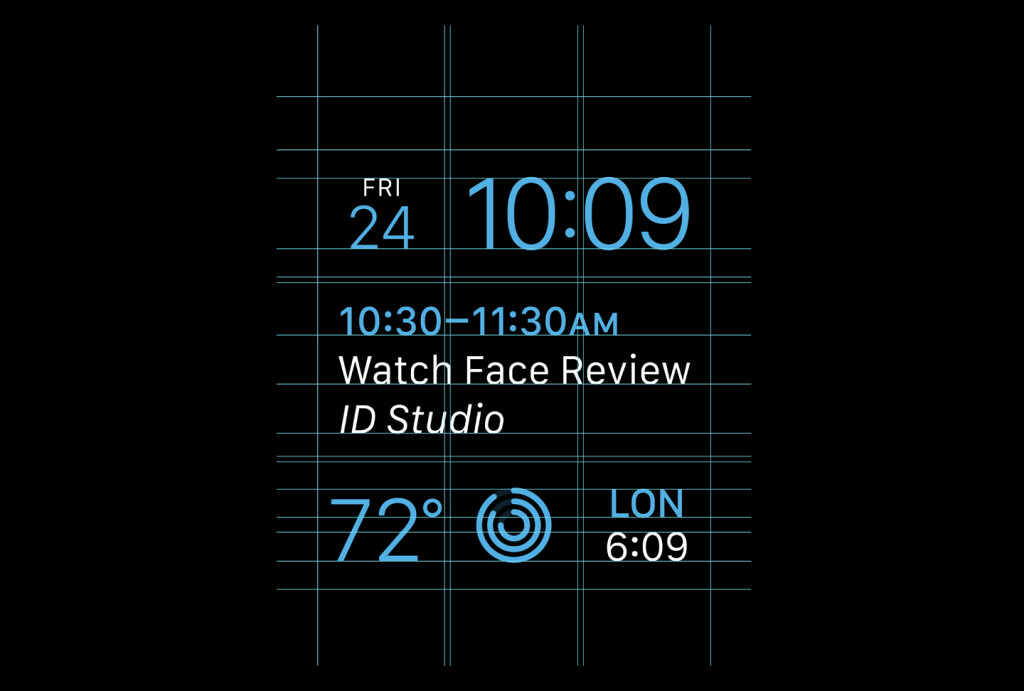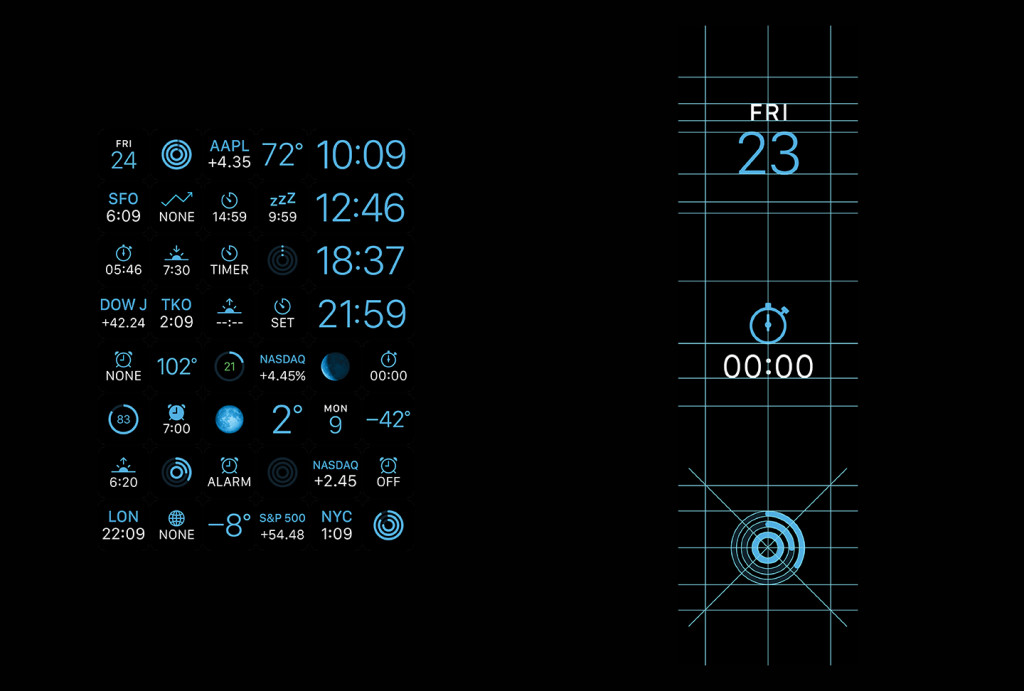Kevin Lynch, who was a former Adobe executive in charge of the Flash platform before Apple poached him to lead Watch software development as its Vice President of Technology, has shared a number of interesting tidbits related to the years of Watch research and development in an extensive piece published by Wired on Thursday.
Apparently, Jony Ive and his design team presented an idea for a wrist-worn device during one of design meetings for iOS 7. Lynch, who was hired after the project was already underway, didn’t even know what he would be working on at Apple.
The team spent more than a year adjusting the device’s Taptic Engine to feel just right on your wrist, even sampling sounds from bell clappers and birds to lightsabers in an effort to turn them into physical sensations. And the device itself underwent many prototypes and iterations before Apple’s Board signed off on it.
In early design talks, team members even considered adding an iPod click wheel to the Watch. One of the early prototypes was literally an iPhone rigged to a velco strap attached to a tester’s wrist.
On Lynch’s first day on the job, the device was up for a design review in two days even though there was no working prototype or software.
Apple human interface designer Alan Dye said that the idea of a Watch came up during design meetings for iOS 7. “There was a sense that technology was going to move onto the body,” he said “We felt like the natural place, the place that had historical relevance and significance, was the wrist.”
Lynch adds:
So it went in the Apple design studio: As the team worked away on app-launch animations and the new iOS 7 Control Center, daytime conversations about smartphone software led to late-night discussions about other devices. Questions started coalescing around the idea of a watch.
What could it add to people’s lives? What new things could you do with a device that you wear? Around this time, Ive began a deep investigation of horology, studying how reading the position of the sun evolved into clocks, which evolved into watches. Horology became an obsession. That obsession became a product.
Some of the earlier device prototypes used a vertical timeline interface akin to the Pebble Time smartwatch. Thankfully, Apple nixed the idea in its early stage because interacting this way took too long. Here’s San Francisco, a font designed specifically for the Watch’s tiny display.
As for Taptic Engine, which provides haptic feedback on your wrist, it was revised and improved upon for well over a year under the watchful eye of Jony Ive and his team.
Apple tested and fine tuned many Taptic Engine prototypes, each with a slightly different feel. “Some were too annoying,” Lynch says. “Some were too subtle. Some felt like a bug on your wrist.”
When they had the engine dialed in, they started experimenting with a Watch-specific synesthesia, translating specific digital experiences into taps and sounds. What does a tweet feel like? What about an important text?
To answer these questions, designers and engineers sampled the sounds of everything from bell clappers and birds to lightsabers and then began to turn sounds into physical sensations.
The user interface went through three major iterations until the team cut interactions down to a few seconds. Lynch’s team discovered early on that long interactions were too uncomfortable due to the gorilla arm syndrome.
“It was all very understandable, but using it took way too long,” Lynch says. Also, it hurt. Seriously: Try holding up your arm as if you’re looking at your watch. Now count to 30. It was the opposite of a good user experience. “We didn’t want people walking around and doing that,” Dye says.
“An interaction with the Watch could last only five seconds, ten at most,” Dye added. Noting that Apple itself created the problem of smartphone addiction in the first place, the article goes on to explain that the company may fix it with a square slab of metal and a Milanese loop strap.
Our phones have become invasive. But what if you could engineer a reverse state of being? What if you could make a device that you wouldn’t—couldn’t—use for hours at a time? What if you could create a device that could filter out all the bullshit and instead only serve you truly important information?
You could change modern life. And so after three-plus decades of building devices that grab and hold our attention—the longer the better—Apple has decided that the way forward is to fight back.
Here are some of the Watch complications that can be put on watch faces to customized your experience. In watchmaking, complications augment timekeeping with additional functions like the weather, week numbers and so forth. A complication on the Apple watch can be anything that’s quickly digestible.
Customization was one of the key features from the onset, because “personalization and beauty are everything” with watches, as Dye puts it.
“We didn’t want to have three variations, we wanted to have millions of variations,” he said. “Through hardware and software, we could do that.”
Check out the full Wired article linked below, it’s an awesome read.
The article touches upon many specifics related to Watch development, including slimming down the iPhone software to fit constrained resources on the device, the creation of a plethora of Watch bands, researching materials, developing watch faces and software complications and much more.
Apple will start taking pre-orders for the device on April 10, with shipments scheduled to commence on April 24.
Source: Wired


